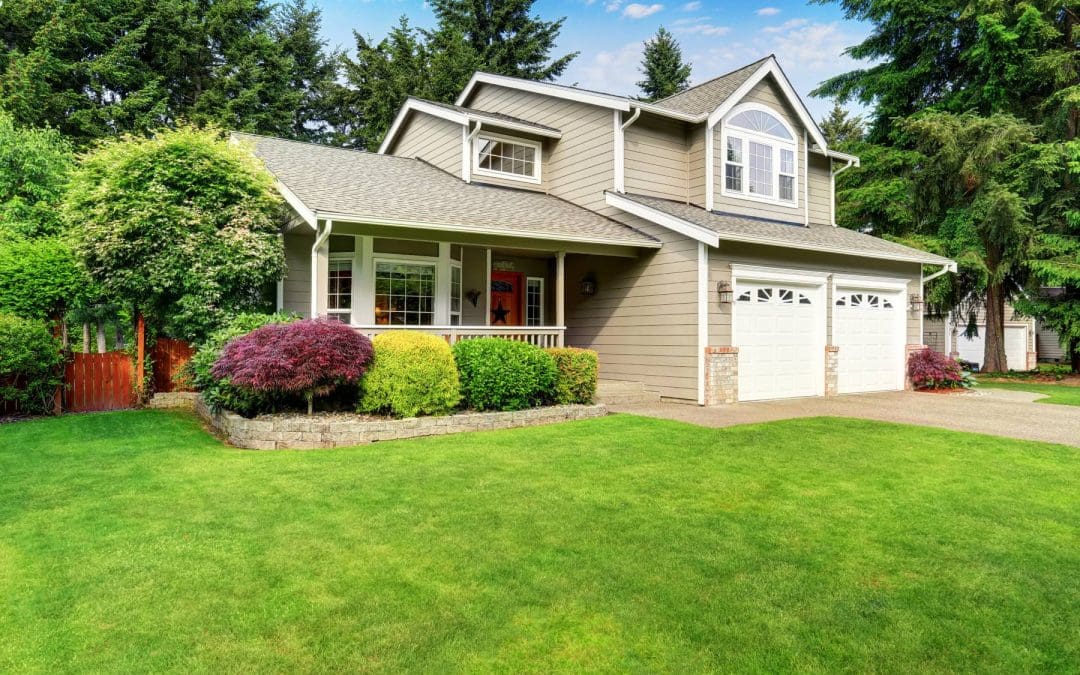Keep Your Yard Looking Good This Summer
Water the Right Way
Pick Plants That Can Handle the Heat
Take Care of Your Lawn
Lawns can suffer greatly during summer if they aren’t looked after properly. One common mistake is mowing the grass too short. Cutting it too low stresses the grass and makes it easier for heat to damage it. Try to keep your grass around three inches tall or a bit more during summer.
Make sure your mower blades are sharp, too. Dull blades tear the grass and make it look ragged. Also, try to mow during the cooler parts of the day so you don’t add stress to the lawn. If you fertilize, use a fertilizer made for summer use and follow the directions. Too much fertilizer can burn your grass or cause weeds to take over.
Deal with Weeds and Pests Early
Weeds and pests can quickly take over your yard if you don’t stay on top of them. Pull weeds when they’re small to keep them from spreading. Mulch helps here too, since it blocks sunlight that weeds need to grow. Keep an eye out for common pests like aphids or spider mites. You can control some of these naturally by encouraging beneficial bugs like ladybugs or spraying plants with soapy water. If you need to use pesticides, pick ones that are safe for the environment and use them carefully.
Add Shade and Make Outdoor Spaces Comfortable
Summer isn’t just about plants. It’s also about making your yard a place where you want to hang out. As part of tips for summer landscaping, if your yard gets a lot of sun, consider adding shade with umbrellas, pergolas, or even planting some trees or tall shrubs. Shade protects you and can also help keep your home cooler. Consider adding comfortable seating, pathways, or lighting to make your yard inviting and easy to use day or night. Choose materials and furniture that hold up well in the heat and don’t need a lot of upkeep.
FAQs About Summer Landscaping
How often should I water in the summer?
Water deeply once or twice a week, ideally early in the morning. This helps plants soak up moisture without wasting water.
What plants do well in hot, dry conditions?
Native plants, succulents, lavender, and ornamental grasses are good choices because they don’t need much water and handle heat well.
Is it okay to mow the lawn in the heat of the day?
Mowing early in the morning or late in the evening when it’s cooler is better. Mowing in the heat can stress your grass.
How can I deal with pests naturally?
Encourage good bugs like ladybugs, use soapy water sprays, and keep your garden clean. Avoid overusing pesticides so you don’t harm helpful insects.
When should I prune my plants?
Prune after your plants have finished blooming if they flower on old wood. Remove dead branches anytime to keep plants healthy.
Monadnock Home Inspections provides home inspections in Southern New Hampshire. Contact us to schedule an appointment.

